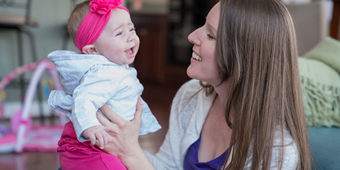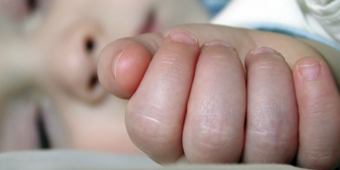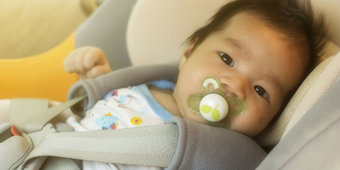Be a Diaper Changing Pro
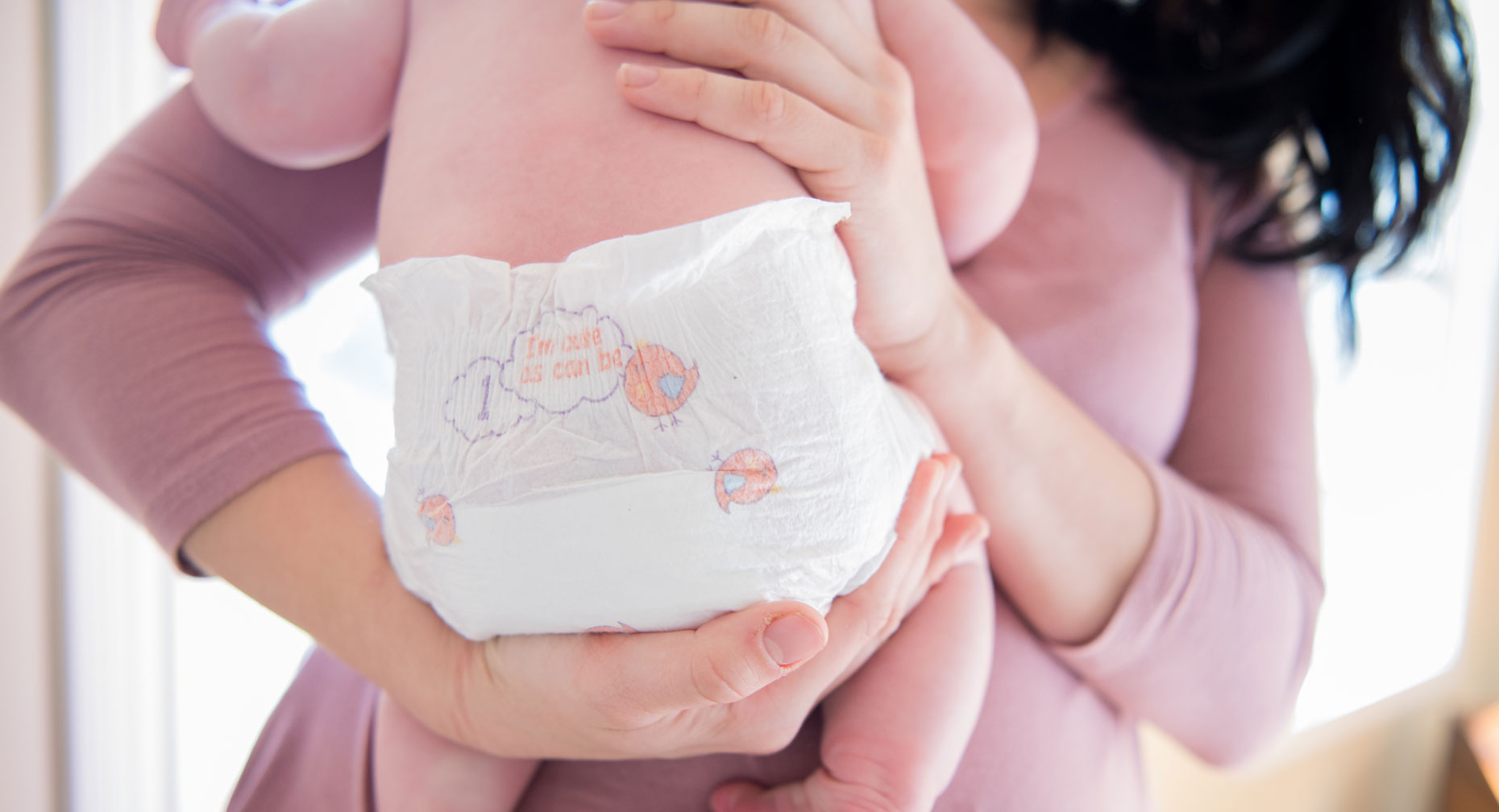
Answer a few questions and we'll provide you with a list of primary care providers that best fit your needs.
Your new baby is so tiny – it feels scary at first to change his diaper. Don’t worry: you’ll soon be a pro at the changing diapers business. Practice makes perfect, and, like any parent will tell you, you’ll quickly get plenty of practice.
The Number 1 and Number 2 Best Tips
Here are the two most important prep steps to safe, speedy diaper changing:
- Gather what you need beforehand: the most essential items are a clean diaper and fresh wipes (or a washcloth).
- Find a safe changing surface: Most commonly, this will be a changing table. But, if you’re at home, you may also want to have a portable changing pad that you keep out for quick and easy changes. This way you can change baby on the floor, on a bed or on the couch. A folded-up towel works just as well.
Like any parent will tell you, you’ll quickly get plenty of practice.
The Step-By-Step
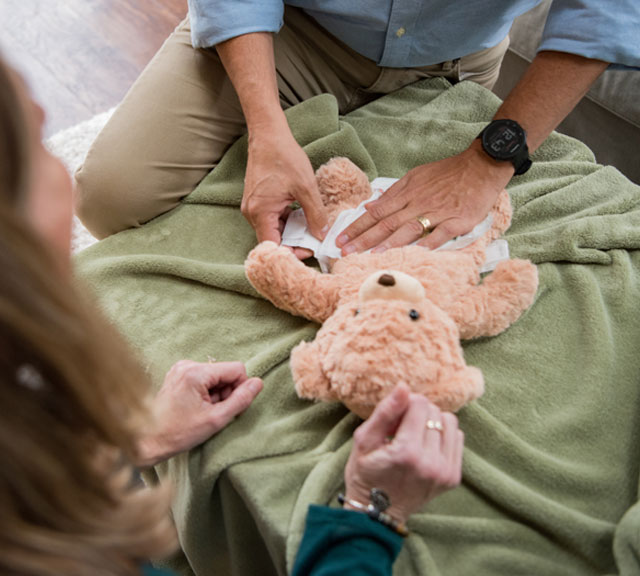
- Unfold your new clean diaper and place it on your changing surface.
- Place your baby on top of the clean diaper and fasten the safety straps.
- Unfasten your baby’s diaper. If it’s dirty, wipe down with the top of the diaper, to move the waste down (You always want to wipe down, to avoid urinary tract infections). Then fold the diaper in half under the baby’s bottom, so that it blocks the clean diaper underneath.
- Especially if you have a boy, you need to put something over top of him, to keep accidents from spraying all over the place.
- Wipe baby clean with wipes or with a wash cloth. You’ll want to use gentle wipes or soap, since newborns have sensitive skin.
- Once your baby is clean, remove the dirty diaper and put it in a place where she won’t kick and upset everything (because you may get upset, too).
- Put the clean diaper on. You’ll put the larger side, with the fasteners in the back under baby’s bottom (the picture goes in the front). You’ll fold up the front and then fasten it snugly with the sticky tabs. You’ll know it’s the right fit if you can put two fingers in at the waist.
A Few More Pro-Tips
- If you’re using cloth diapers, the process will be very close, especially if you use “all-in-one” diapers (cloth diapers shaped almost exactly like disposables). If you’re using prefolds, look up ways of folding and pinning the cloth to figure out what works for you and your baby. Also, one way many modern parents avoid pin poking is by using “Snappi” diaper fasteners.
- If you are out, you’ll want to include some sort of portable changing pad in your diaper bag. This helps you keep your baby and your surroundings cleaner. You’ll also want to have a bag of some sort (disposable or reusable) so that you can take care of the dirty diaper, if there’s not a trashcan nearby. Office workers will appreciate your not leaving the diaper in their restroom to ripen all day.
- To avoid diaper rash, you need to change your baby every two or three hours, even if the diaper is just wet. If your baby gets a diaper rash, make sure that you’re getting her bottom very clean, using gentle cleaners followed by some sort of a barrier (like Desitin®, Vaseline® or Eucerin®).
- If your baby develops a diaper rash, call your doctor if you find blisters or sores larger than an inch, a rash that doesn’t improve in three days, a rash that is bright red or develops pimples/sores, the rash spreading beyond the diaper, baby’s sleep is disturbed or your baby has a fever.
- As your baby gets older, give him a toy to play with as you change him. Pretty soon, you’ll be such an expert that you’ll be able to change him even when he starts to wriggle and squirm!
Answer a few questions and we'll provide you with a list of primary care providers that best fit your needs.
Source: Diapers/Diap; American Pregnancy Association; healthychildren.org


